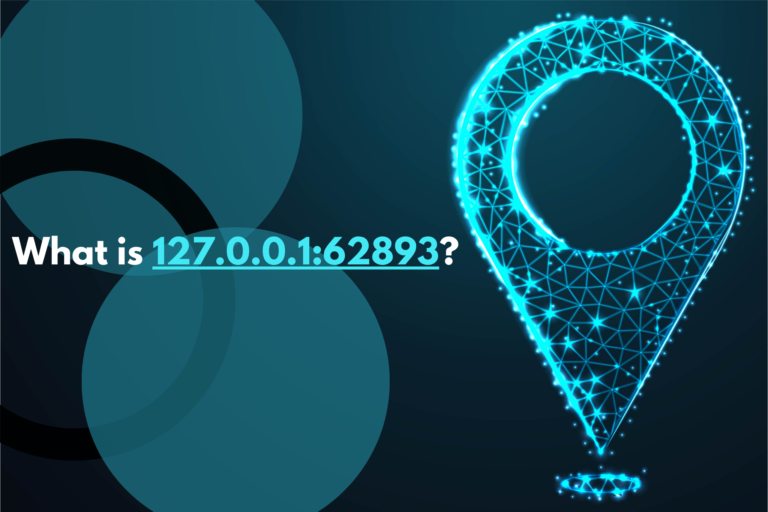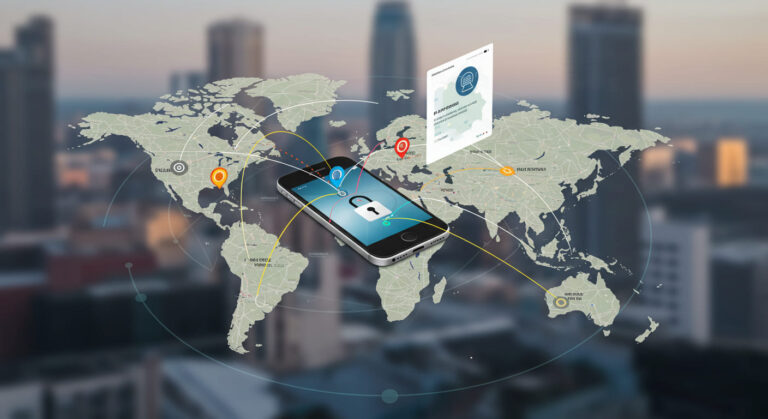The world of the internet runs on IP addresses, allowing devices to connect and communicate. But sometimes, certain IP addresses make people wonder whether they are real or valid.
One such IP is 264.68.111.161. If you’ve come across this IP, you may be asking: “Is 264.68.111.161 a real IP?” In this article, we will explore the limits of IPv4, the structure of IP addresses, and why some addresses simply do not exist.
What is an IP Address?
An IP address is a unique set of numbers assigned to devices on a network. It helps in identifying and locating devices on the internet.
There are two main types of IP addresses: IPv4 and IPv6. IPv4, the most commonly used, consists of four sets of numbers ranging from 0 to 255.
These addresses are necessary for communication between computers, servers, and other connected devices. Without IP addresses, the internet as we know it would not function.
Understanding IPv4 Address Structure
IPv4 addresses follow a specific format: four sets of numbers separated by dots (e.g., 192.168.1.1). Each set, also called an octet, has a value between 0 and 255.
This structure ensures that there are a finite number of unique addresses available. However, the demand for internet-connected devices has led to the exhaustion of available IPv4 addresses, prompting the transition to IPv6.
Is 264.68.111.161 a Real IP Address?
No, 264.68.111.161 is not a real IP address. IPv4 addresses cannot have any number higher than 255 in any octet.
Since the first segment in this address is 264, it does not follow the IPv4 rules, making it invalid. Any attempt to use this IP address will result in an error because it is not recognized by network systems.
Why is 264.68.111.161 Not a Valid IP?
IPv4 addresses are limited to a specific range. The maximum number in any section of an IPv4 address is 255.
Since 264 exceeds this limit, 264.68.111.161 does not exist as a valid IP address. This limitation is enforced to ensure a structured and functional addressing system for devices connected to the internet.
What Happens If You Try to Use 264.68.111.161?
If you enter 264.68.111.161 into your browser, nothing will happen. Your computer will recognize that this is an invalid address and will not even attempt to connect.
It will result in an error message indicating that the address is not reachable. Similarly, if a network administrator attempts to assign this IP manually, the system will reject it due to its invalid format.
Can IPv6 Have an Address Like 264.68.111.161?
No, IPv6 follows a completely different format. IPv6 addresses use hexadecimal numbers and are much longer than IPv4. They do not use the four-segment structure that IPv4 does.
Instead, IPv6 addresses are composed of eight groups of four hexadecimal digits, separated by colons (e.g., 2001:0db8:85a3:0000:0000:8a2e:0370:7334). This means 264.68.111.161 does not exist in IPv6 either.
How Are IP Addresses Assigned?
IP addresses are managed by organizations like the Internet Assigned Numbers Authority (IANA). They ensure that each IP is unique and follows the correct format.
The IANA allocates blocks of IP addresses to regional internet registries (RIRs), which then distribute them to internet service providers (ISPs) and businesses. Since 264.68.111.161 does not meet IPv4 rules, it was never assigned to any device or organization.
Are There Private and Public IPs?
Yes, IP addresses are divided into public and private. Private IPs are used within networks (like home Wi-Fi), while public IPs connect to the internet.
Private IP ranges include 192.168.x.x, 10.x.x.x, and 172.16.x.x – 172.31.x.x. These addresses cannot be accessed directly from the internet. Even in private networks, 264.68.111.161 would not be valid because it does not conform to IPv4 standards.
Can an Invalid IP Cause Issues?
If a system tries to use an invalid IP like 264.68.111.161, it may result in network errors. Computers and routers follow strict rules when handling IP addresses, so an incorrect format will not work.
Invalid IP addresses can cause connectivity problems, failed network configurations, and potential security vulnerabilities if mistakenly used in critical systems.
The Future of IP Addressing
With the exhaustion of IPv4 addresses, the world is slowly shifting to IPv6. This new format provides a larger pool of addresses, ensuring that every device can connect without conflicts.
Unlike IPv4, which is limited to about 4.3 billion unique addresses, IPv6 offers an almost infinite number of possibilities. This transition helps support the growing number of internet-connected devices, from smartphones to smart home systems.
FAQs
1. Why is 264.68.111.161 not a real IP?
IPv4 addresses have a strict format where each section must be between 0 and 255. Since 264 is out of this range, the IP is invalid.
2. Can I use 264.68.111.161 in my network?
No, your router and devices will not recognize this as a valid address.
3. What happens if I enter 264.68.111.161 in my browser?
Your browser will show an error because it cannot find a valid destination.
4. Are there similar fake IP addresses like this?
Yes, any IP with a number above 255 in any section is invalid.
5. Will IPv6 replace IPv4 completely?
Over time, IPv6 will become more common, but IPv4 is still widely used.
Conclusion
To sum up, 264.68.111.161 is not a real IP address because it does not follow the IPv4 format. If you ever come across similar IPs, just remember that numbers in each section must be between 0 and 255.
Understanding IP structure can help prevent confusion and ensure correct networking practices. As IPv6 adoption increases, the limitations of IPv4 will become less of a concern, paving the way for a more connected digital world.
Also Read: How make1m.com 5 million Became a Reality






